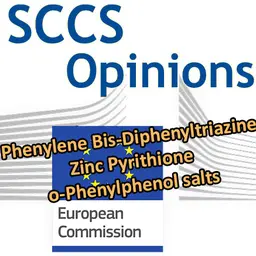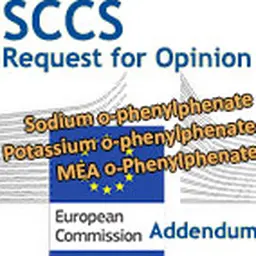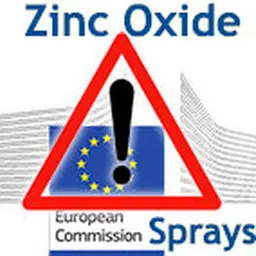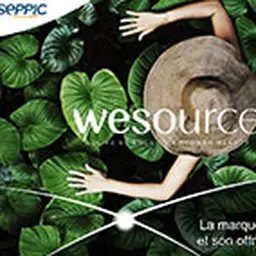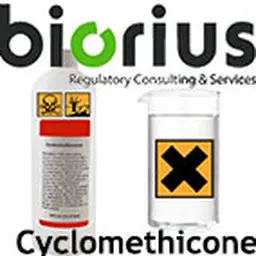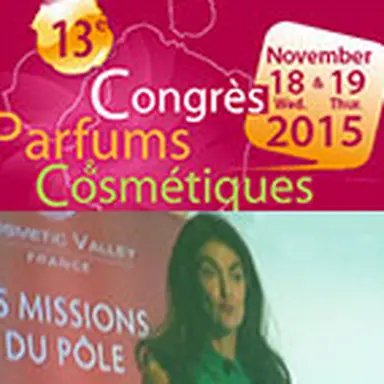
More than two years after the Cosmetics Regulation came into force, nanomaterials are part of the cosmetics ingredients whose status, and sometimes future, have not been determined for good yet. At the 13th edition of the regulatory congress held on November 18-19, 2015, in Chartres, France, Barbara Héry, Head of Regulatory Affairs at LVMH, came to make an update on the European approach to nano-ingredients and its impacts on the global scale.
While they are not yet well defined, the labelling obligation has actually been enforced… which does raise a few issues, in Europe as well as in the rest of the world.
The European framework
Barbara Héry started her presentation by reminding everyone of the current situation in Europe.
Annexed nanos
When a nano substance belongs to the colorant, UV-filter, or preservative category – ingredients listed in the Annexes to Cosmetics Regulation 1223/2009 – the rule provides for it to appear in the list to be used.
As the speaker reminded, emphasizing the fact that the evaluation process and the translation in regulatory texts takes quite long, to this day, only Annex VI (UV-filters) was updated in 2014, and for one substance only – Tris-biphenyl triazine – following a positive Opinion of the SCCS in 2011.
Four other substances got a positive evaluation from the SCCS.
• Titanium Dioxide
The positive Opinion dates back to July 2013, and was reviewed in September 2014 to include restrictions in case of an inhalation risk for consumers, when the Opinion on the term ‘sprayable’ was published. In September 2015, the Commission asked the Committee for a new safety evaluation of nano …


